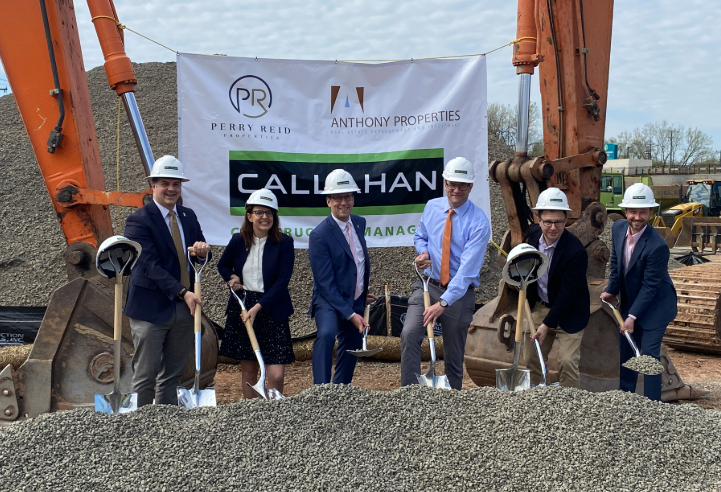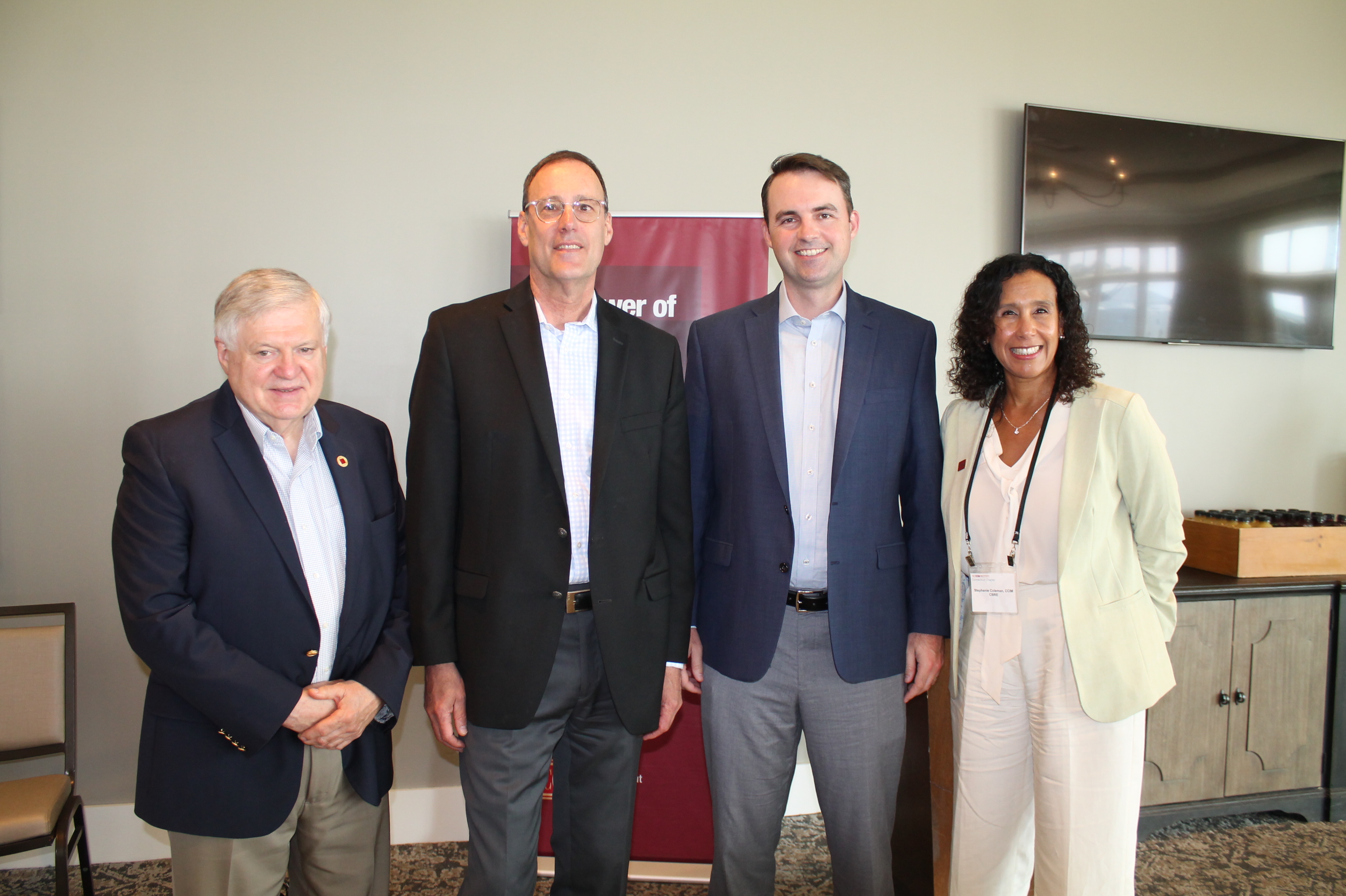News: Connecticut
Posted: March 20, 2008
More environmental and land use acronyms - Report for the responsible growth task force (RGTF)
The 2007 legislative session created a new task force with a new term "responsible growth". Connecticut has made progress on defining 8 responsible growth principles in Appendix B of the Responsible Growth Task Force Report (http://www.ct.gov/opm/site/default.asp ) released on February 4, 2008. The report identifies the 20 RGTF members, which must have been a challenge for setting meetings. I have a hard time getting a team of 7 people to meet. Despite the committee size, the task force met six times between October and February before issuing the report, which is very impressive.
The task force divided into two subcommittees. Standards and Principles worked on defining "responsible growth" differently than "smart growth", maybe because this latter term implied some development is not smart despite our promotion of the Hartford Springfield Region as the "Knowledge Corridor". This brings up an interesting point. I also attended a brownfields conference recently where a few experts in the field proposed that the term "brownfield" be retired. As real estate professionals understand by now, the environmental industry needs acronyms. We also need buzz words to make unique acronyms from. This way we reduce the length of our reports and the total amount of paper needed in complying with our regulations, permits, standards, guidelines and plans for balancing conservation and development. The irony is that Responsible Growth Principles or RGP is already spoken for by the Regional Growth Partnership in New Haven. This may be why principles is not capitalized in the report. Perhaps this will lead to a decision instead for Regional Growth Regulations or RGRs, which is an acronym available for use. This is clear however; more regulations or policy will increase the acronym burden of the regulated community. Maybe Connecticut needs an Acronym Task Force (ATF)?
Regional Growth Task Force Recommendations
Public Act 07-239 charged the Responsible Growth Task Force (RGTF) to identify the criteria for responsible growth and 9 recommendations were made in the RGTF report to the legislature and Governor M. Jodi Rell. The recommendations (which I have paraphrased and offered acronyms for) are:
1. The Governor should formally adopt the definition Responsible Growth and associated principles and direct all state agencies to use them to coordinate on making policy and state funding decisions.
2. The General Assembly and its committees should formally adopt the definition Responsible Growth and associated principles and use them in making decisions impacting both the development of legislation and policy and the expenditure of state funds.
3. A broad based advisory group should be created on a permanent basis to advise decision makers on the development of Responsible Growth policies, land use laws and programs going forward. (Expect more acronyms.)
4. The Interagency Steering Council created under Executive Order #15 serves as the coordinating body and continuous improvement agent for the review and permitting processes of projects that advance Responsible Growth.
5. A Responsible Growth Measures Matrix (RGMM) should be developed by December 31, 2009 to measure the progress of the state's Responsible Growth.
6. The model municipal zoning regulations should be crafted around the Responsible Growth principles developed by the RGTF.
7. The state should support regional coordination of consistency in planning among all levels of government and promote unified development codes (UDCs) at the local level.
8. The state should develop means to review, coordinate and if consistent with Responsible Growth principles, encourage Projects of Regional Significance (PORS).
9. State statutes should be amended to authorize municipalities to use Community Benefit Agreements for projects that are consistent with Responsible Growth principles.
Responsible Growth and Regional Realities
The recommendation #9 will be of interest to developers as these Community Benefit Agreements (CBAs) would be between the developer and the municipality. Possible agreement conditions could include: Tax Increment Financing (TIF), Transfer of Development Rights (TDR), Transfer of Development Credits (TDC) as well as off-site development improvements. Perhaps you need to work these TLA (Three Letter Acronym) deals out at the TPC River Highlands in Cromwell, Conn. over a round of golf?
Wayne Cobleigh is manager of project development at GZA GeoEnvironmental, Inc. in Bloomfield, Conn. (GZA is a TLA for Goldberg Zoino Associates).
Tags:
Connecticut
MORE FROM Connecticut
Highcap Group brokers $41.1 million sale of two building multifamily portfolio
Norwalk, CT Highcap Group has completed the sale of two luxury multifamily properties with a total of 120 units for a combined purchase price of $41.4 million.

Quick Hits







.png)